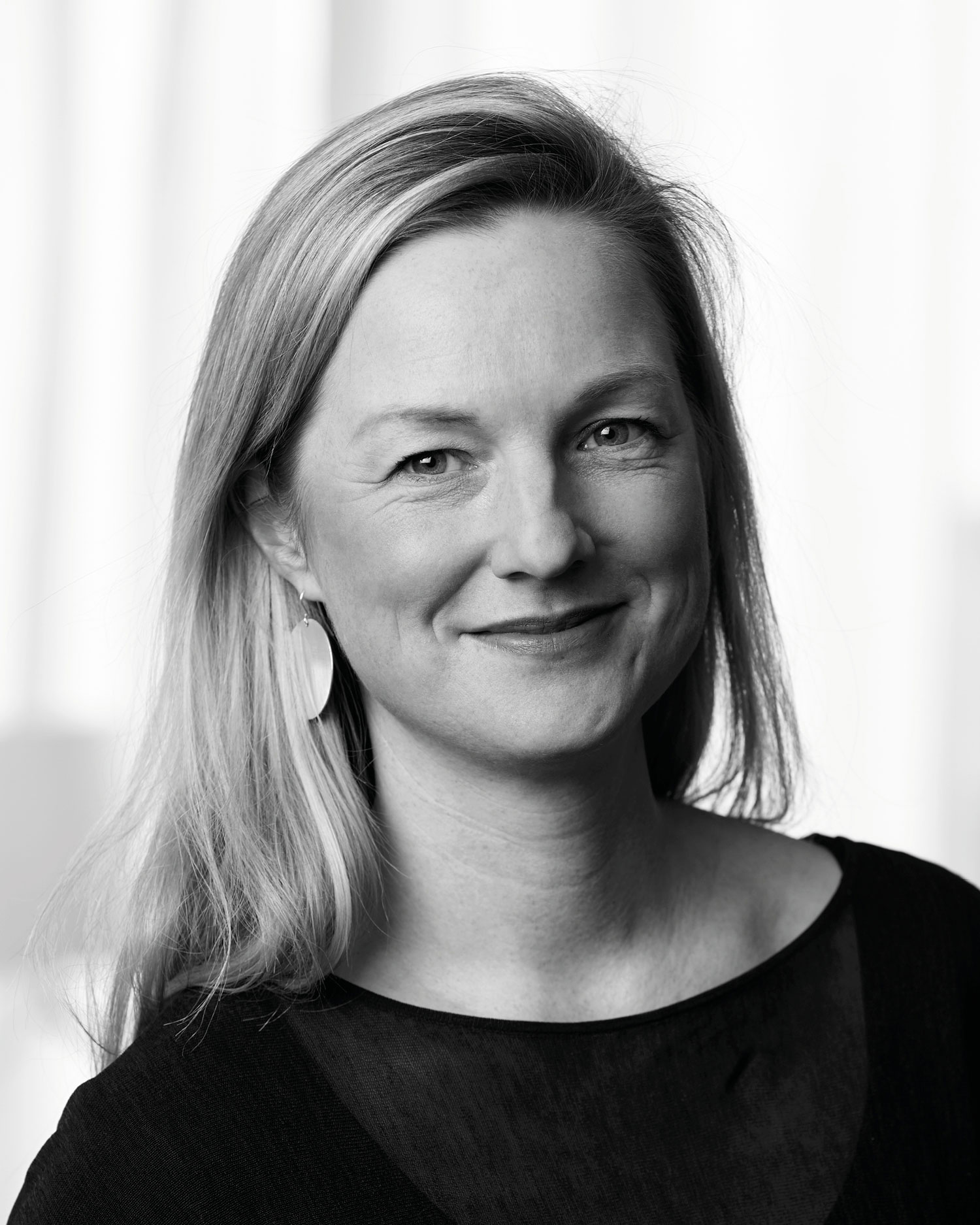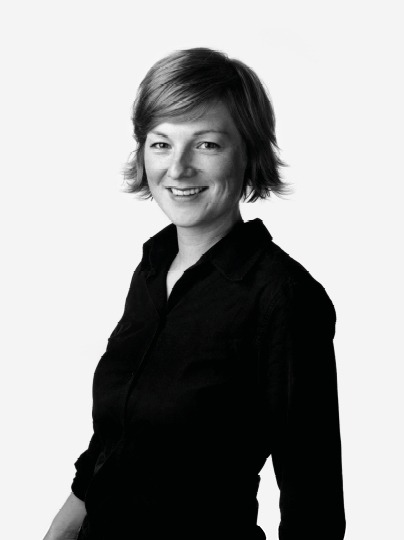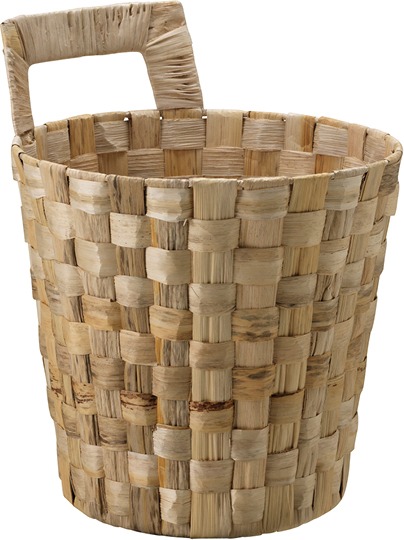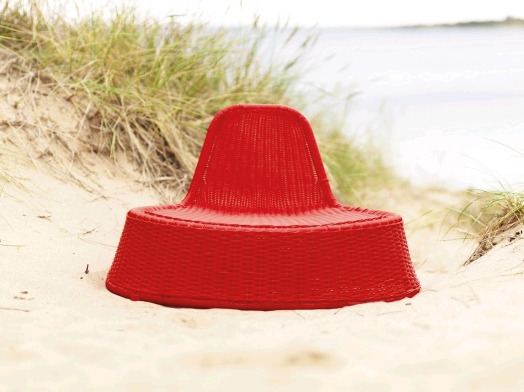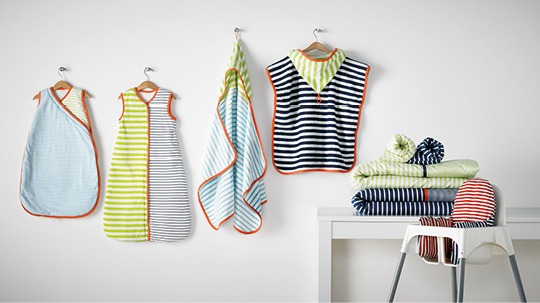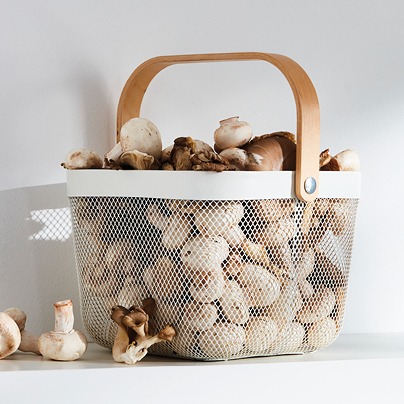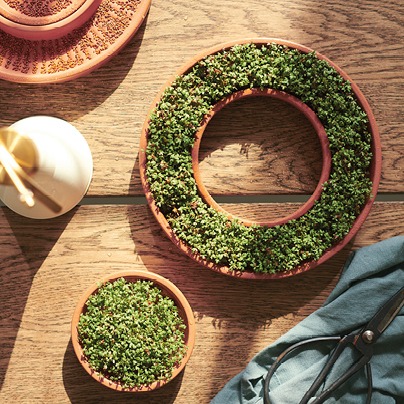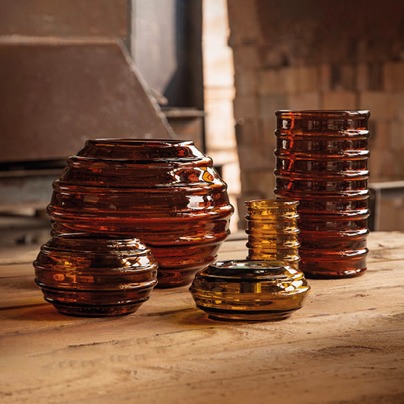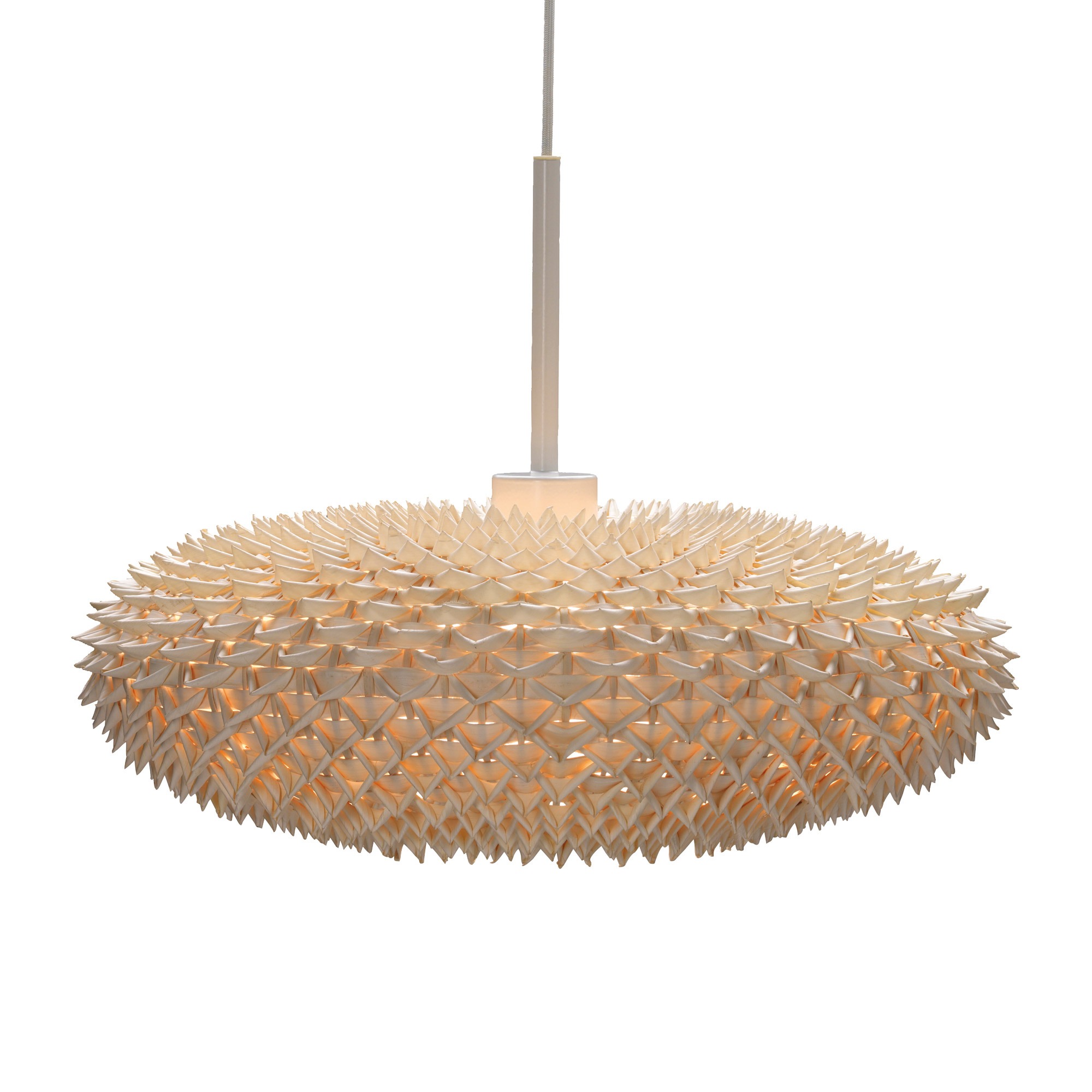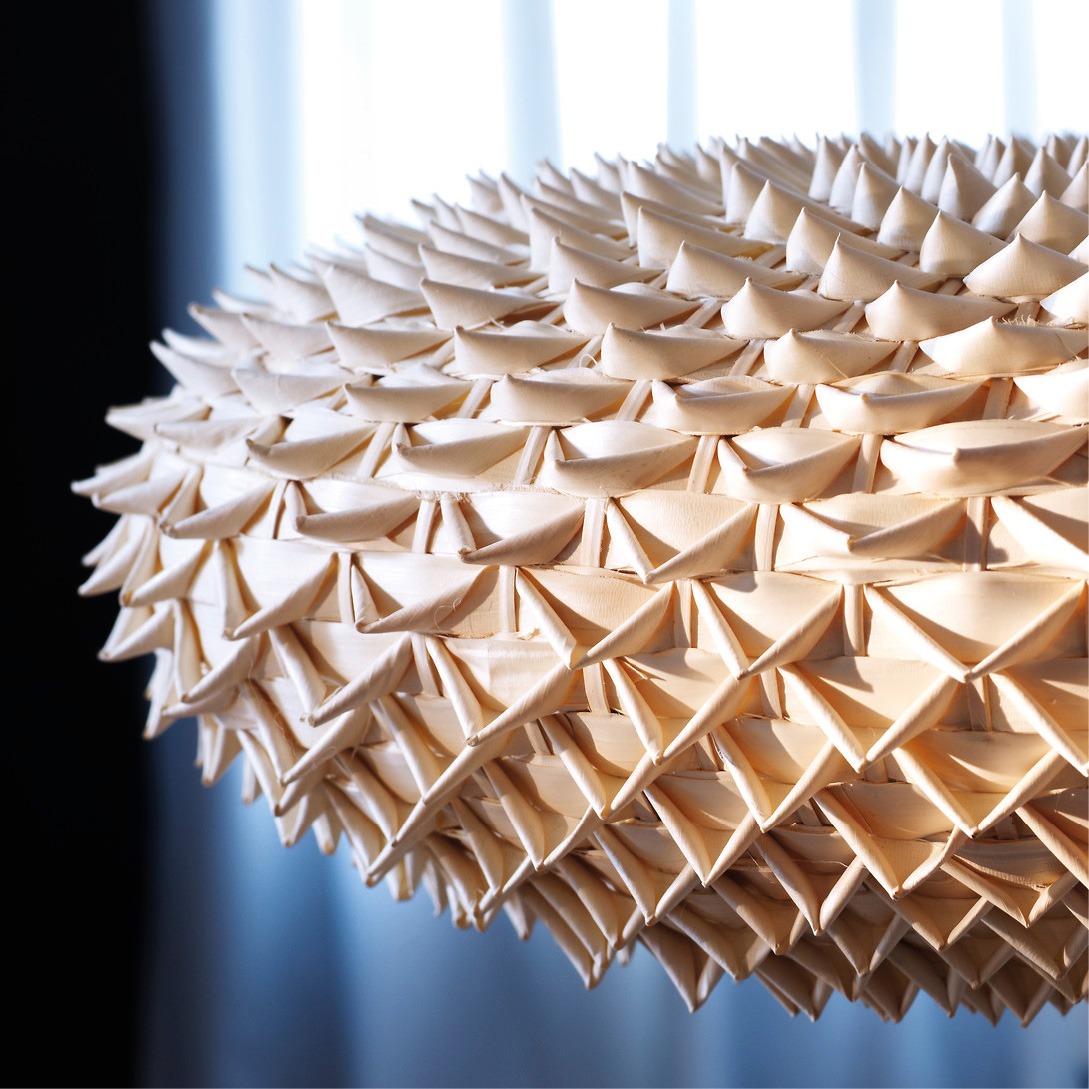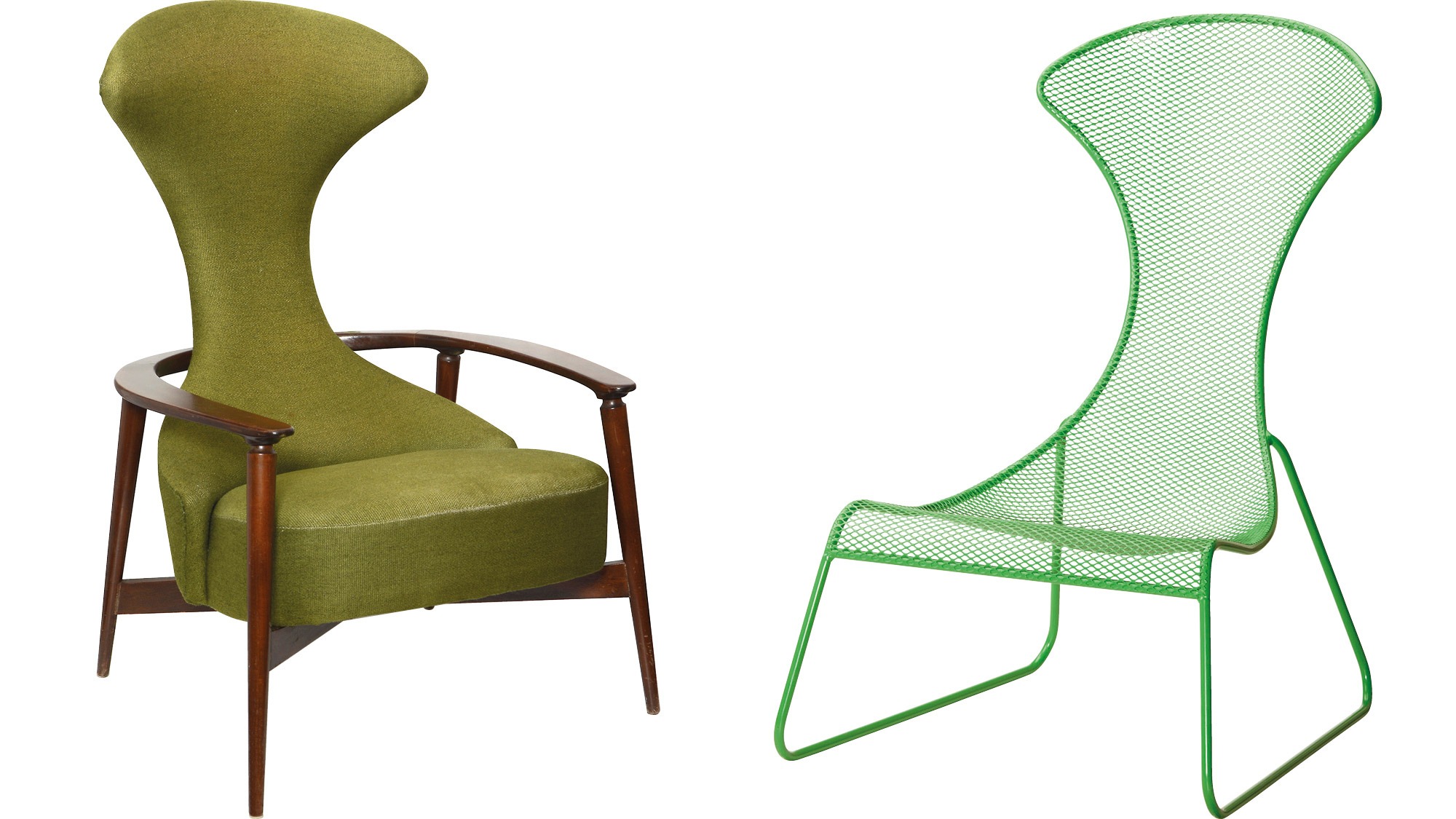98
Growing up in Lübeck, Wiebke spent countless hours in her father’s workshop. Wood was her favourite hands-on material, although she also enjoyed creating with cardboard and paper. “I remember making a multi-storey hotel, trying to figure out the details – like how to attach string to tiny paper blinds so I could pull them up and down,” she recalls. At school, she took to perspective drawing early on, filling her sketches with objects and furnishings.
In 1998, after finishing a one-year carpentry course, Wiebke began higher studies in communication design. “I often peeked into the classrooms where they worked on industrial or furniture design, and knew I had to try that too,” she says. Eventually, she assembled a programme that combined several disciplines, and in her final year she interned at IKEA in Älmhult, Sweden. Around that time, the 2003 IKEA PS collection Unlimited Play was released, and its focus on children and their needs inspired Wiebke’s graduation project. “The challenge was to make something fun and playful in the eyes of children while also meeting the tough safety requirements,” she explains.

